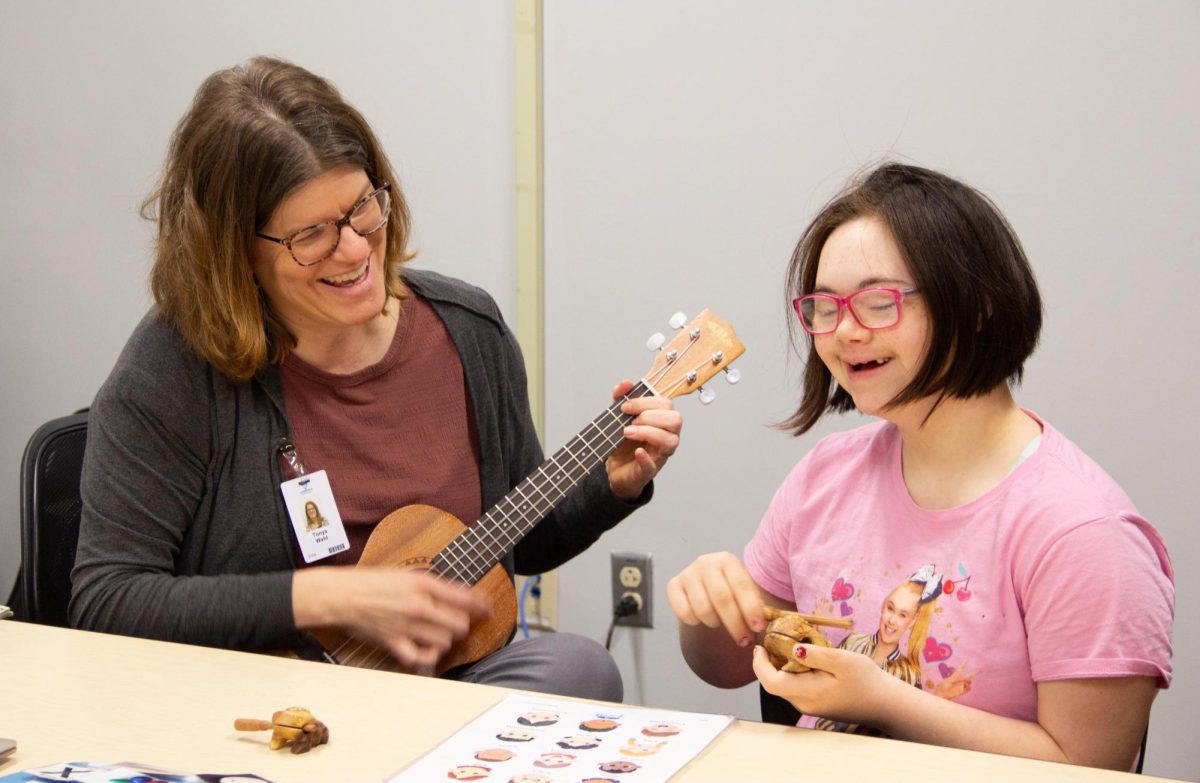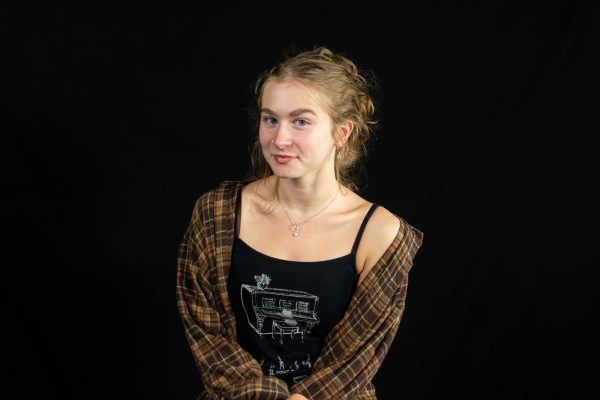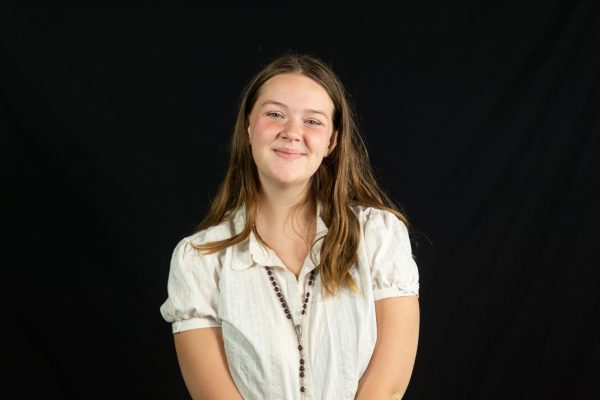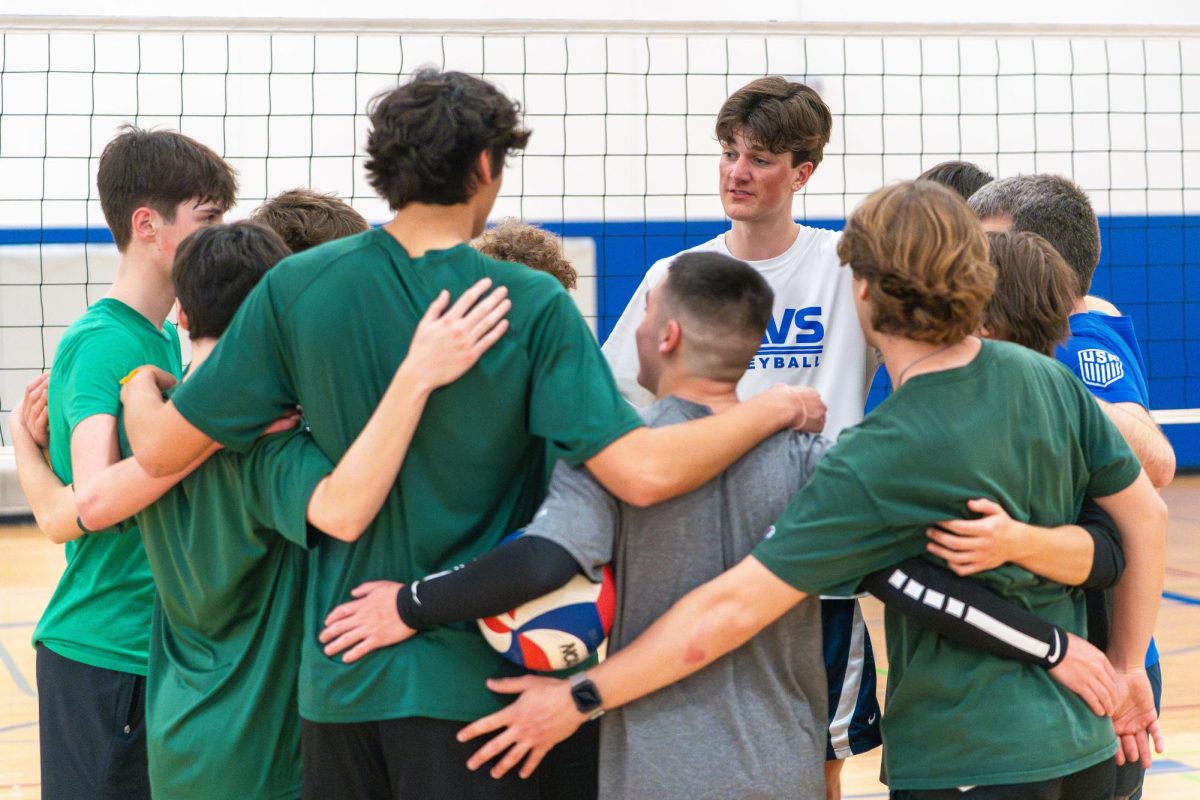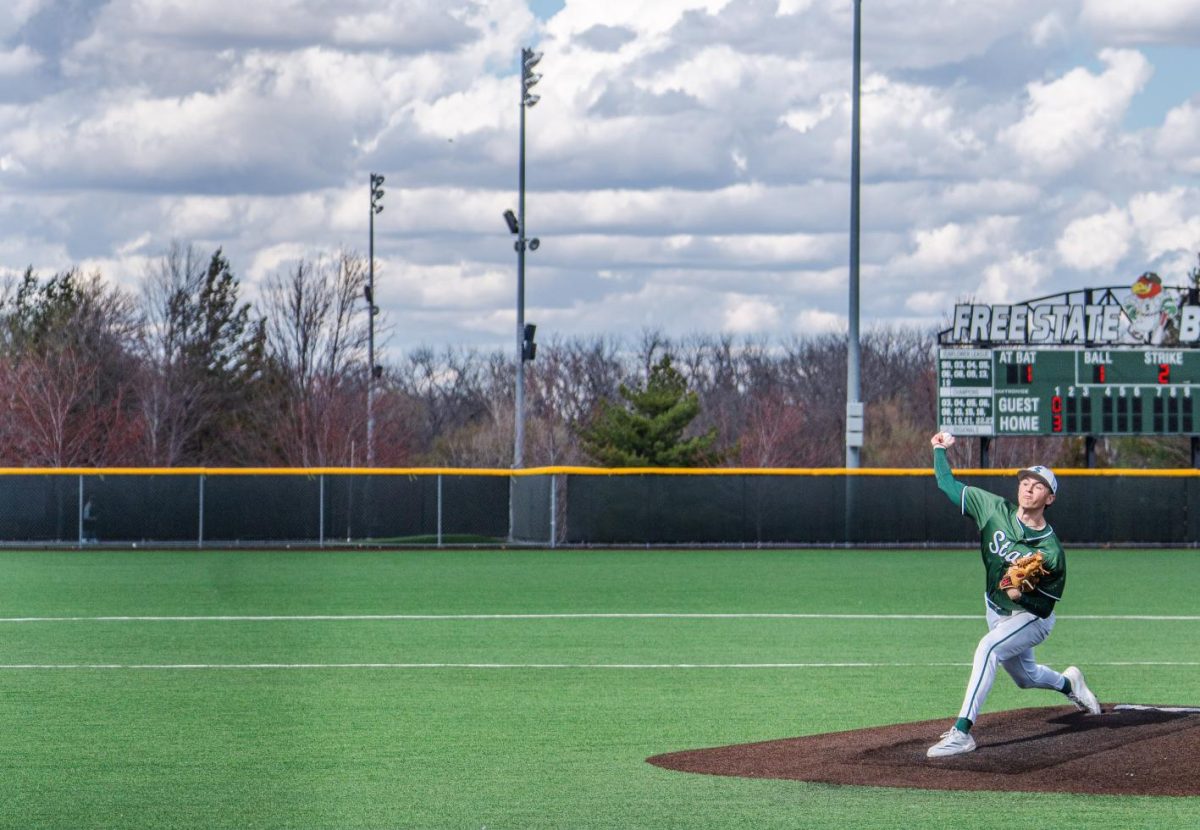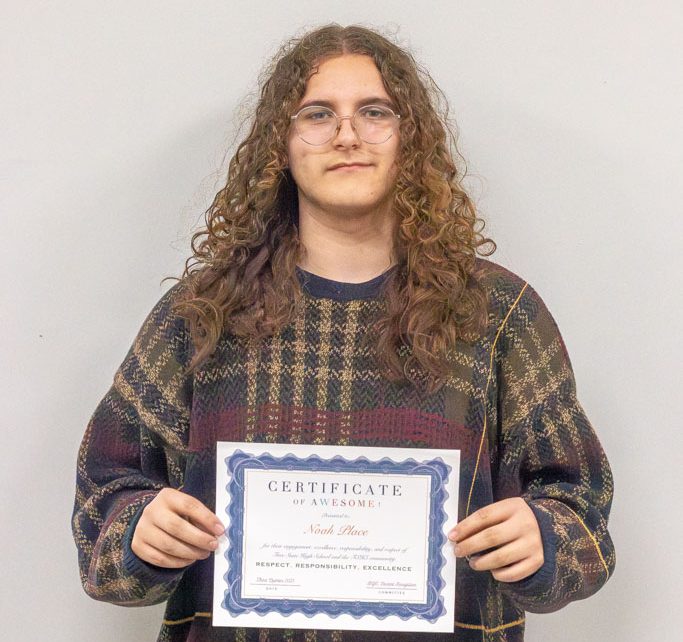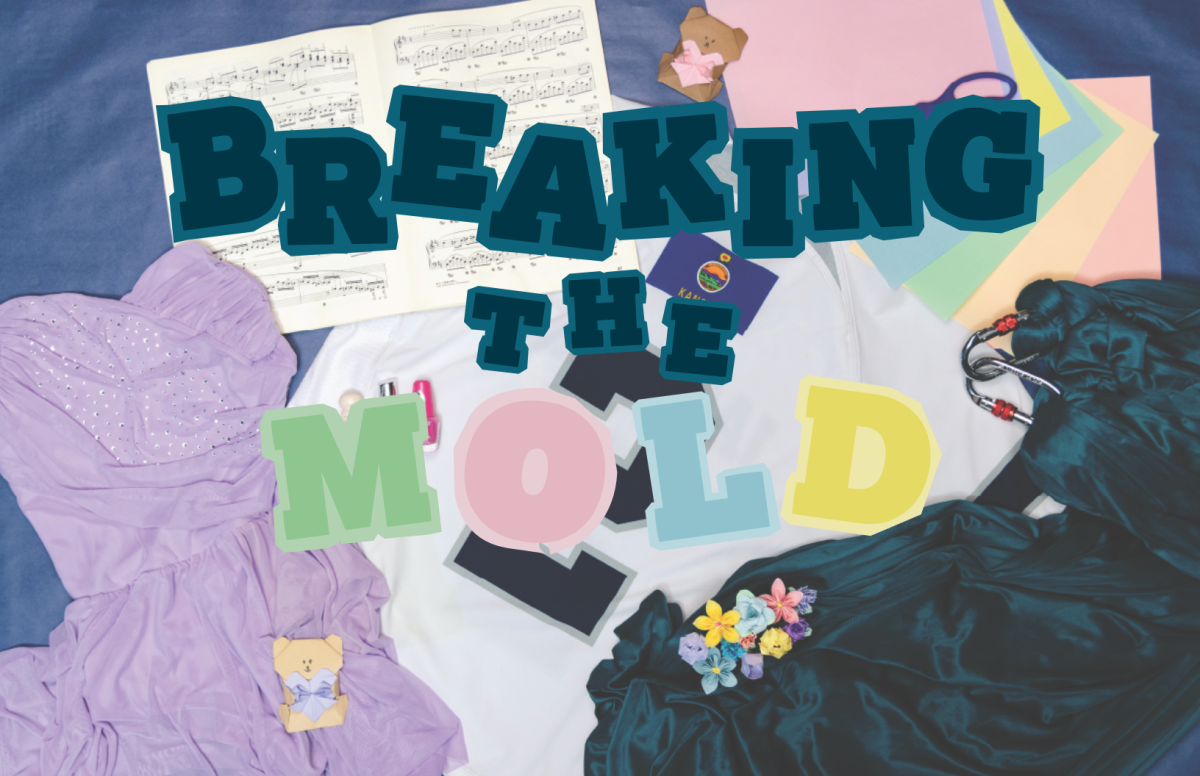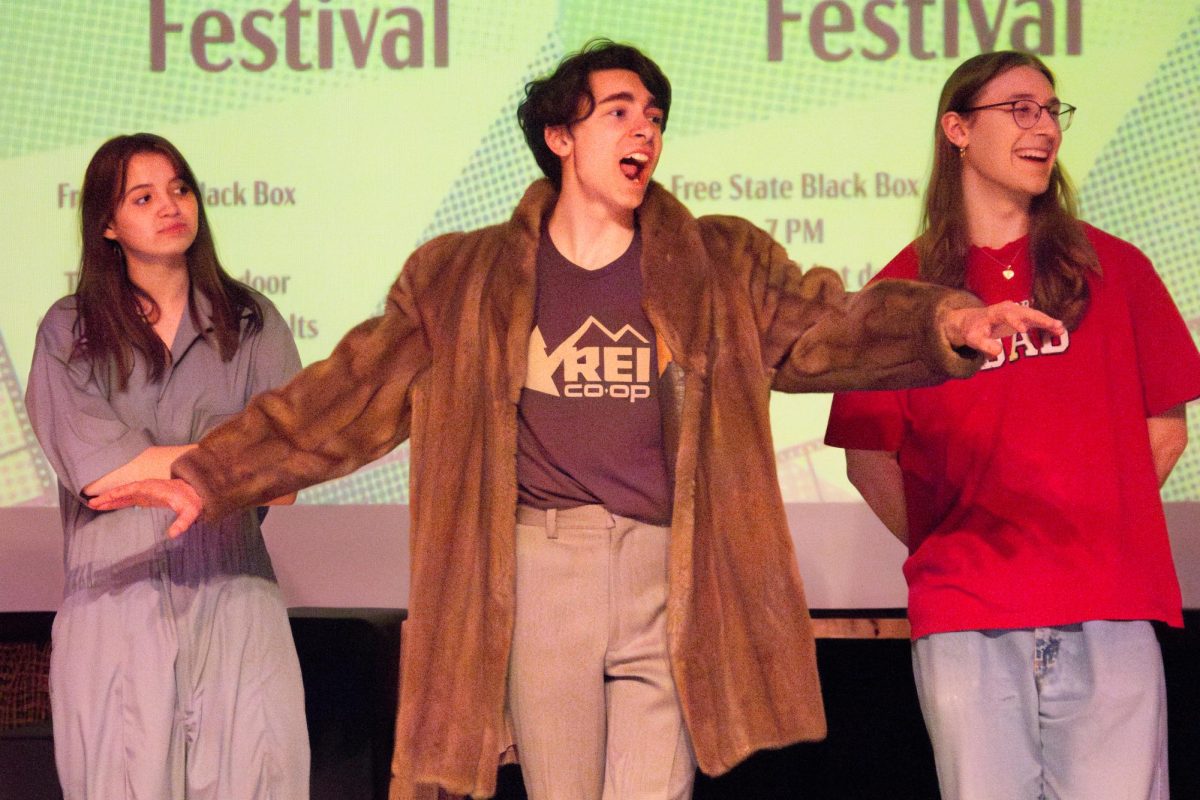Editor’s note: Following Kansas Department of Education protocol, we were unable to get consent for an interview with an IEP student currently in music therapy.
Every Friday from 7:30 a.m. to 12:30 p.m., special education students leave their usual classroom to achieve academic and personal goals through musical therapy interaction.
In a school setting, music therapy is an educational-related service offered to special education students to assist them in achieving non-musical goals through vocal and instrumental practice. USD 497 musical therapist Tonya Wahl has been splitting her time between nine different schools for the past 11 years.
Though running between schools can be stressful, Wahl said it’s worth it since she is able to see students around the district grow and develop their skills. She said the foundation of music therapy ties back to understanding the neurological effect music has on connecting the left and right brain.
Before meeting with Wahl, the special education team works with each student to create Individualized Education Program goals, such as math skills like counting money. However, students must exhibit positive interactions with music in order to receive music therapy services.
“If they’re having struggles making progress on their goals, and they’ve shown a high interest in music, we come in and do a formal assessment,” Wahl said. “We pick goals from their IEP, we test them with and without music interventions, and then see if these interventions really help them on their goals more than without.”
To achieve these goals, Wahl personalizes each 30-minute session for the student to benefit from most. Wahl also said she establishes a comfortable environment to support students by repeating the same routine for each session such as starting with the same greeting song.
“We ask [each other] how we’re doing for learning basic social skills at the beginning every time. And then we go into working on two to three goals per session. We always close with the same closing song, just so they know this is the end,” Wahl said.
From an outside point of view, special education teacher Beth Shirley said she has watched her students grow and obtain their IEP goals through music therapy.
“They may have been really challenged and frustrated with communication. Now they’re much more able to communicate and manage any frustration and do some communication repair. It’s extraordinarily helpful and benefits the students,” Shirley said.
Additionally, Shirley said another professional perspective has been beneficial for her students’ social and academic learning.
“Not only is it helpful just to have another professional thinking of interventions, but they’re also coming from a different place,” Shirley said. “Ms. Wahl might have insights that I don’t have, so she gives me suggestions on what to do.”
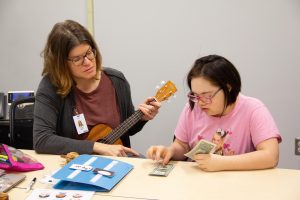
Senior Eli Roust plans on studying music therapy next year at Colorado State after spending their summers working with Penguin Project at Theatre Lawrence. This performance program offers students the opportunity to work one on one with a youth who has disabilities.
“Each year I’ve had a different partner who I work with who needs different help in certain instances. It’s really cool to see them grow over the four week process and being willing to do it through music is such a cool aspect,” Roust said.
As someone passionate about music therapy, Roust said they knew almost nothing about the program in school. Roust said they often feel that special education services are overlooked, including music therapy.
“It feels like [IEP students] are tucked away in the tiny hallway in the back,” Roust said. “If they don’t try and make friends, you’ll never know they’re there. It’s just a fact that they’re kind of hidden away. And so that’s why I feel like the [music therapy room] is as well.”
Roust, Shirley and Wahl all said they agree that music creates a supportive and comfortable environment that all students can share with each other.



